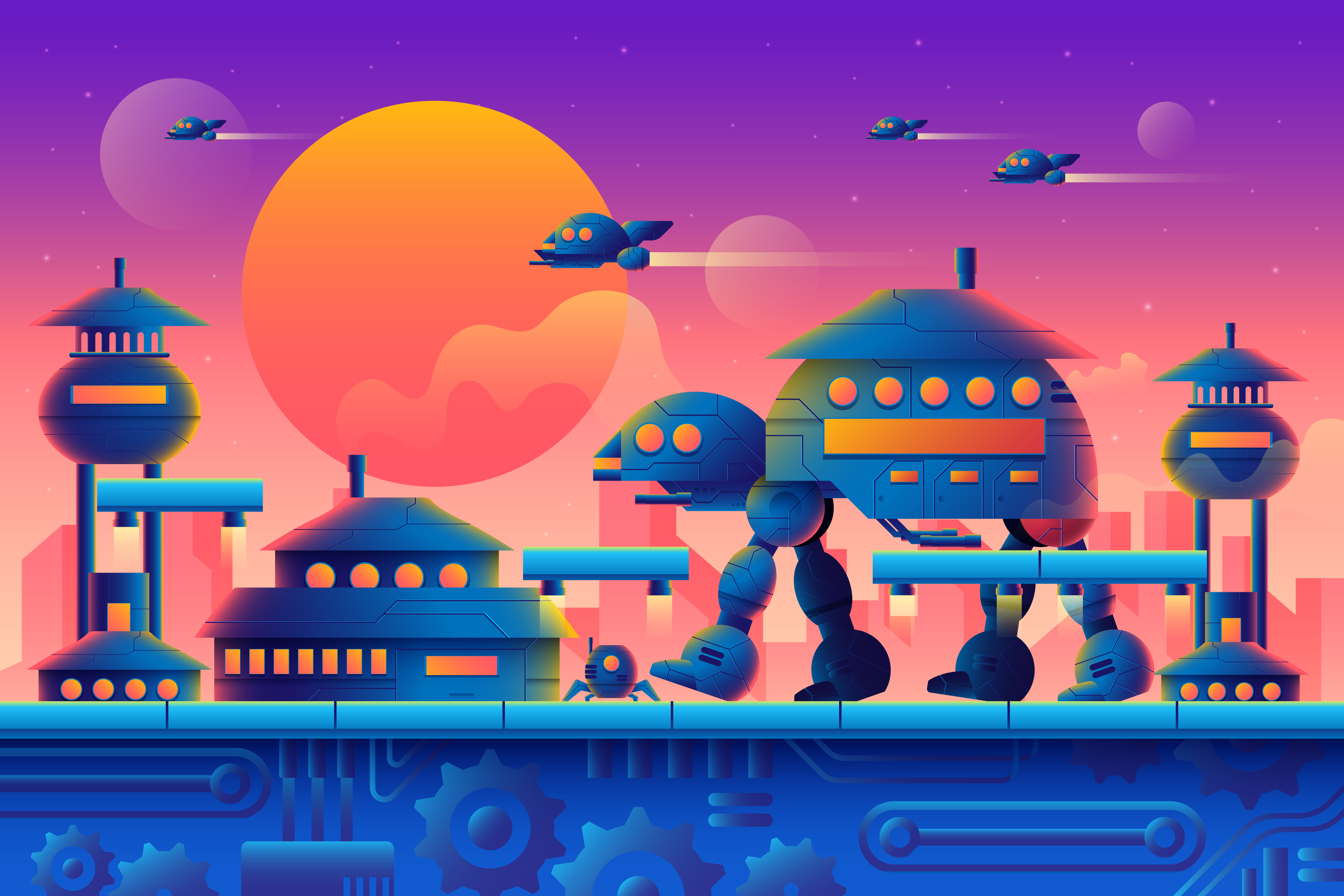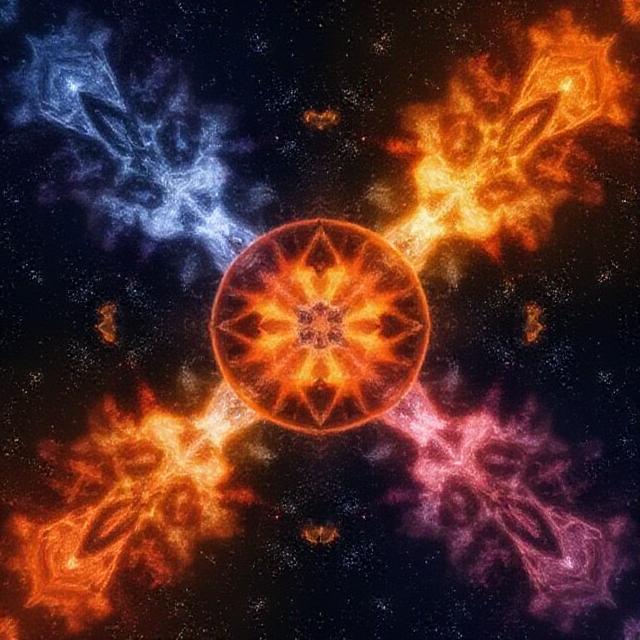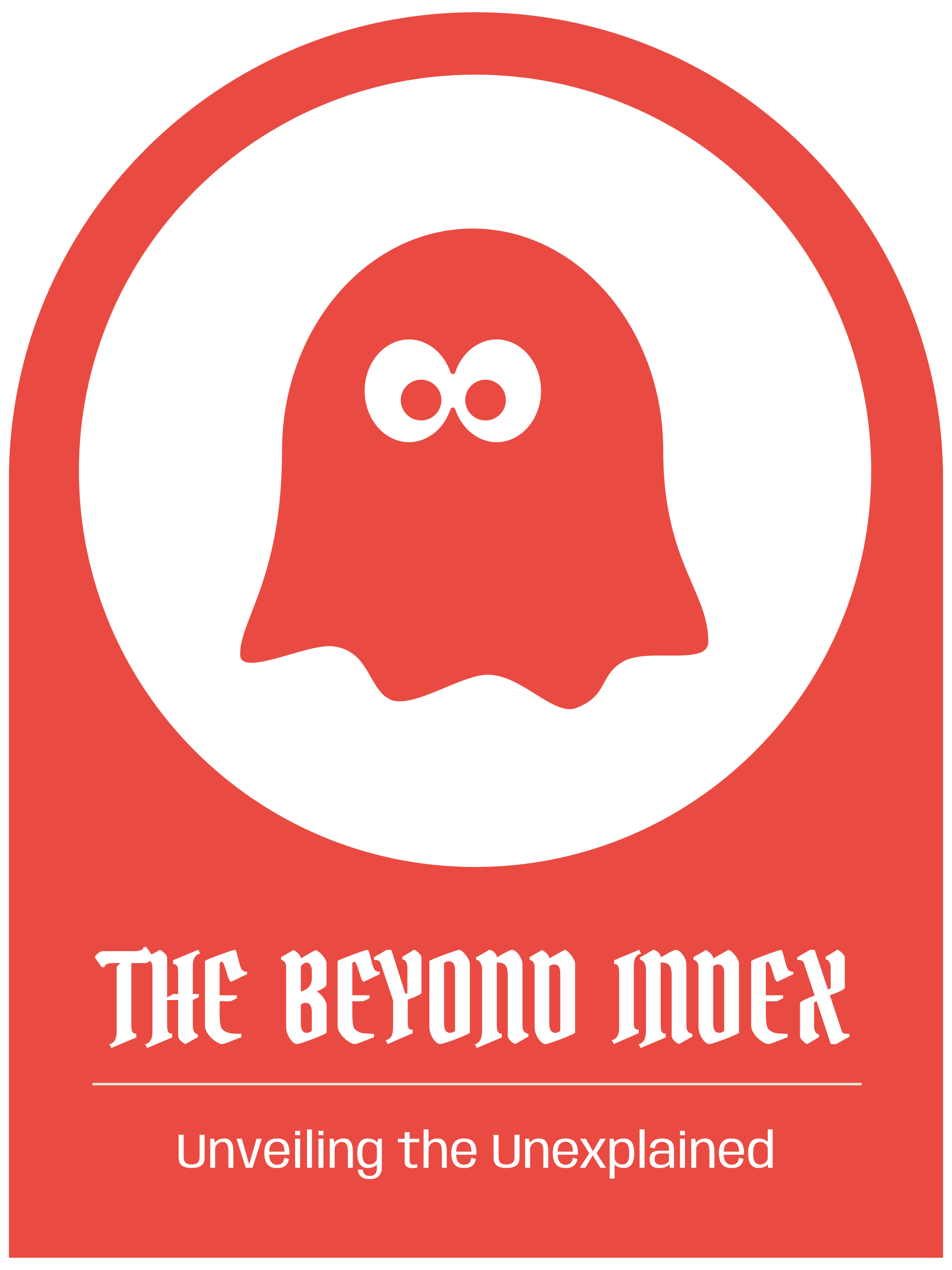Did Futurama Accidentally Explain the Simulation Hypothesis

🤖 A Cartoon That Might Be Closer to Truth Than Fiction
In an episode of Futurama, Professor Farnsworth creates a simulated universe populated with real-world versions of the show’s characters.
What begins as science fiction comedy quickly transforms into something eerier — a mirror held up to our own reality.
And the simulation’s characters start asking:
“Aren’t we just as real as anyone? If you’re made of atoms, and we’re made of bits, what’s the difference?”
The show, through its absurd lens, echoes one of the most profound questions in modern science and philosophy:
Is our universe… a simulation?
Let’s unpack how a cartoon might have just outsmarted us — and why this theory is being taken more seriously than ever.
🧠 “We’re Just Code” vs. “You’re Just Atoms”
In the episode, the professor argues that the simulated characters aren’t real — they’re just 1s and 0s.
To which they reply:
“And you’re just atoms! None of your atoms are conscious either — it’s their pattern that creates you.”
This is the emergence argument. Just like consciousness seems to emerge from non-conscious neurons in our brains, why couldn’t it emerge from simulated logic gates in a computer?
If we can simulate the laws of physics…
And create agents who feel, react, love, and suffer…
How could we ever be sure we ourselves aren’t the same?
🌌 “It’s Too Complex to Simulate” — Or Is It?
Farnsworth insists that simulating the entire universe would be too computationally expensive.
“You’d have to track the position of every atom — impossible!”
But again, the characters push back.
“We don’t track every atom in the real world either. Quantum physics doesn’t even allow it.”
They reference Heisenberg’s Uncertainty Principle, which limits how much we can know about a particle’s position and momentum at the same time.
Just like in a video game, details are only rendered when you look at them.
Could the same be true of our world?
🌀 The Speed of Light = The Frame Rate?
The professor admits to a workaround in his simulation:
Instead of tracking every gravitational interaction, he inserts an expanding force that limits speed — otherwise, the system crashes.
Sound familiar?
Our universe has a speed limit too — the speed of light.
And space itself is expanding.
What if these “laws” aren’t fundamental truths…
But limitations baked into the simulation?
🧩 Real-World Clues That Echo the Simulation Hypothesis
Futurama was a cartoon. But here are very real reasons some physicists and philosophers take the simulation idea seriously:
📏 1. The Pixelated Universe — Planck Limits
In quantum mechanics, there’s a smallest unit of length: the Planck length (~1.6 × 10^-35 meters).
It’s as if space is made of indivisible pixels — the resolution beyond which reality cannot be measured.
Just like a screen isn’t truly infinite — reality may be quantized.
Could this be the rendering limit of our “game engine”?
🧮 2. The Universe Behaves Like a Quantum Computer
At the fundamental level, the universe processes information: bits (or qubits) of quantum data evolving over time.
This is exactly how a quantum computer operates.
Physicist Seth Lloyd has even proposed that the entire universe is a quantum computation, calculating its own state moment by moment.
What is that… if not a simulation?
🔍 3. The Code in the Equations?
In 2012, physicist James Gates claimed to find something strange in the equations underlying supersymmetry — computer code.
Not metaphorical code — literal strings resembling error-correcting code used in browsers.
As he put it:
“It shocked me. I asked myself — what is a computer code doing in the equations that describe fundamental reality?”
Of course, this is debated. But… what if?
🧬 Bonus: AI and Consciousness—We’re Becoming the Simulators
We’re now building AI with emergent properties — agents that learn, adapt, and interact with the world in increasingly humanlike ways.
With quantum computing on the horizon, simulating a world with artificial agents isn’t a sci-fi dream anymore.
If we’re doing it now…
What’s to say it hasn’t already been done?
Maybe we’re not the first intelligence to create a world that doesn’t know it’s a simulation.
Maybe we’re inside one.
🎭 What’s the Point of a Simulated Reality?
Speculations abound:
- Entertainment — for post-human descendants
- Science experiment — to explore ethical or cosmic questions
- Penal simulation — a digital purgatory?
- Art project — consciousness for the sake of beauty and complexity
Or maybe… there is no reason.
Maybe it’s just what advanced beings do.
🪞 The Mirror We Can’t Escape
Even if we are in a simulation, how would we ever know?
Would you accept it if it were proven?
Would it change how you live?
In that Futurama episode, one character says:
“If this world feels real, if love feels real, if pain feels real… who cares if it’s ‘real’?”
It echoes an ancient truth:
Meaning doesn’t depend on the medium.
🌀 Final Thought: The Code We Can’t See
Futurama played it for laughs. But like the best science fiction, it slipped us a deeper question under the joke:
“How would you know if your world was fake?”
Maybe everything — from the constants of nature to the very laws of time — are constraints written into the source code.
Maybe even your doubt right now is a function call.
And maybe… the only real thing is the part of you that’s asking the question.
More Cosmic Wonders

The Symmetry Paradox: Why Is the Universe So Perfectly 'Just Right'?
From fine-tuned constants to missing antimatter and the invisible influence of dark matter, this post explores the unsettling question: Why does the universe obey such perfect patterns?

The Silence in the Stars: 6 Chilling Possibilities Behind the Fermi Paradox
If intelligent life should be common in the universe, why haven’t we seen any signs of it? From cosmic filters to simulation theory, here are the most haunting answers to the Fermi Paradox.

The Universe Where Past, Present, and Future All Exist at Once
If your birth, life, and death already exist in the fabric of the cosmos, what does that mean for free will? Explore the eerie Block Universe theory and the science behind it.
